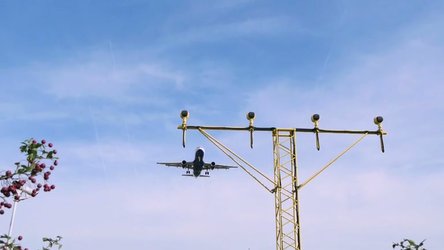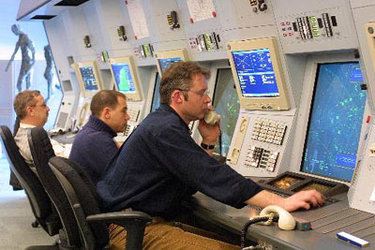Satellites control trains in Belgium
Trains could soon be safely guided and controlled by satellites. Cab drivers will still be in the locomotives but assisted by onboard computers which rely on data from ESA’s EGNOS satellite navigation system.
Yet another aspect of everyday life is being automated, but passengers will have nothing to fear. On the contrary. The project called LocoLoc/LocoProl greatly improves safety, reliability and has economic advantages.
The trials are being run on the Belgian state railways (Société Nationale des Chemins de Fers Belges - SNCB) by the train manufacturer Alstom in partnership with ESA and the European Commission. Over the past weeks, satellite-guided trains have regularly been plying on lines near Brussels.
The locomotives are equipped with an antenna and a computerised system that receives data from the EGNOS system. EGNOS uses ground stations and geostationary satellites to improve the accuracy of the American GPS positioning system.
Railway managers along the tracks and the drivers themselves know a train's position to within a metre but moreover with integrity – which is not the case with a sole GPS signal. "The system guarantees that a certain distance of track ahead is clear," explains train driver Jean-Claude Elsdorf. "It controls maximum speeds and calculates the required amount of braking arriving in stations." Central computers can supervise the entire traffic along lines.
Ensuring that the system is safe is an absolute priority. But the scheme also allows cost reductions. Its first implementation will be on low-density lines which are more expensive to run.
"Frequent maintenance and new signalling with extensive cabling is a major cost aspect on local lines," confirms SNCB's Chief Engineer Hubert Ryckebosch. "Much of this can be dispensed with when using a satellite navigation system."
EGNOS is paving the way for Galileo, the European counterpart of GPS, due to be operational in 2008. After extensive applications in civil aviation and at sea, European satellite navigation is now helping to make railway transport more attractive for both operators and users.
This innovative project is the first subject of the Euronews 'Space' fortnightly magazine, produced in cooperation with ESA. It is to be broadcast as from 2 April










